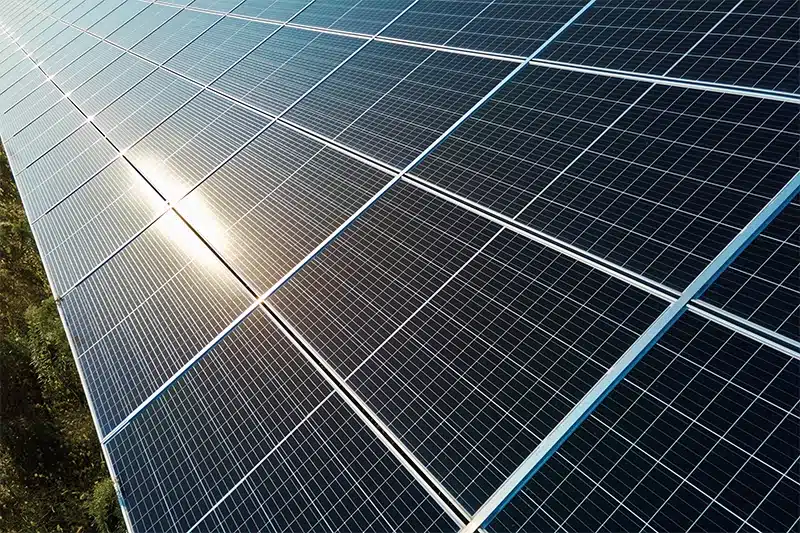Ambivolt Produkte
Photovoltaik-
Montagesysteme
Unsere Produkte werden nach höchsten Standards und neuesten technischen Innovationen gefertigt.
Bei AmbiVolt finden Sie eine große Auswahl an Montagesystemen für Solaranlagen, die für ihre Effizienz, Langlebigkeit und Qualität bekannt sind. Wir bieten maßgeschneiderte Lösungen für Ihre Bedürfnisse und unterstützen Sie bei jedem Schritt Ihrer Solarprojekte.
AmbiVOLT ENERGIETECHNIK GMBH
AmbiVolt – Ihr Spezialist
für Photovoltaik-Montagesysteme
Unsere Montagesysteme sind nicht nur robust und langlebig, sondern auch einfach zu installieren. Wir verwenden nur hochwertige Materialien und stellen sicher, dass unsere Systeme den höchsten Standards entsprechen.
Unser erfahrenes Team steht Ihnen jederzeit zur Verfügung, um Sie bei der Auswahl des richtigen Solar-Montagesystems zu unterstützen.
schnelle Montage
Flexibilität am Dach
neuester Stand der Technik
den Normen enstprechend
Einfache &
schnelle Montage
Leichtigkeit
& Stabilität
Flexiblität
am Dach
Erfahrene
Berater
GARANTIERT MIT AmbiVOLT
Maximale Effizienz &
hohe Qualität
Die Zukunft der Solarenergie beginnt mit den richtigen Montagesystemen.

Maximale
Effizienz
Mit den Montagesystemen von AmbiVolt können Ihre Solaranlagen höhere Leistungen erzielen. Unsere Systeme sind darauf ausgelegt, die Energieausbeute der Solaranlage zu maximieren.

Flexibilität &
Stabilität

Zukunftssicher mit Ambivolt
Technik nach neuestem Stand
mit Technologie, die den Unterschied macht!
Einsatz neuester Technologien
Fachkundige Beratung von unseren Experten
Unser Team von Installations-Experten hilft Ihnen bei der Auswahl des passenden Montagesystems und der Planung für die Umsetzung Ihrer Photovoltaikprojekte.
Unsere Leidenschaft für Technik und Innovation zeichnet uns aus.
Wir arbeiten kontinuierlich daran, unsere Produkte zu verbessern und neue Lösungen zu entwickeln, die den steigenden Anforderungen an die Solarenergie gerecht werden.
Bei AmbiVolt können Sie sicher sein, dass Sie Montagesysteme auf dem neuesten technischen Stand erhalten, da wir uns immer um die Integration neuer Technologien kümmern.

Einfach & unkompliziert
Von der Anfrage bis zur Montage
bei AmbiVolt
In 3 Schritten zum schnellen Ergebnis

Kontaktaufnahme
Nehmen Sie mit uns Kontakt auf, um Informationen über unsere Montagesysteme zu erhalten. Dies kann per E‑Mail, Telefon oder über das Kontaktformular auf unserer Website erfolgen.
01

Bedarfsermittlung
Unsere erfahrenen Berater ermitteln gezielt Ihren Bedarf, welche Montagesysteme am besten zu Ihren Anforderungen passen. Wir beraten Sie zu verschiedenen Optionen und geben Tipps zur optimalen Nutzung.
02

Schnelle Montage
03
Vereinbaren Sie noch heute
einen Beratungstermin!
Make Your
InstallersHAPPY!






